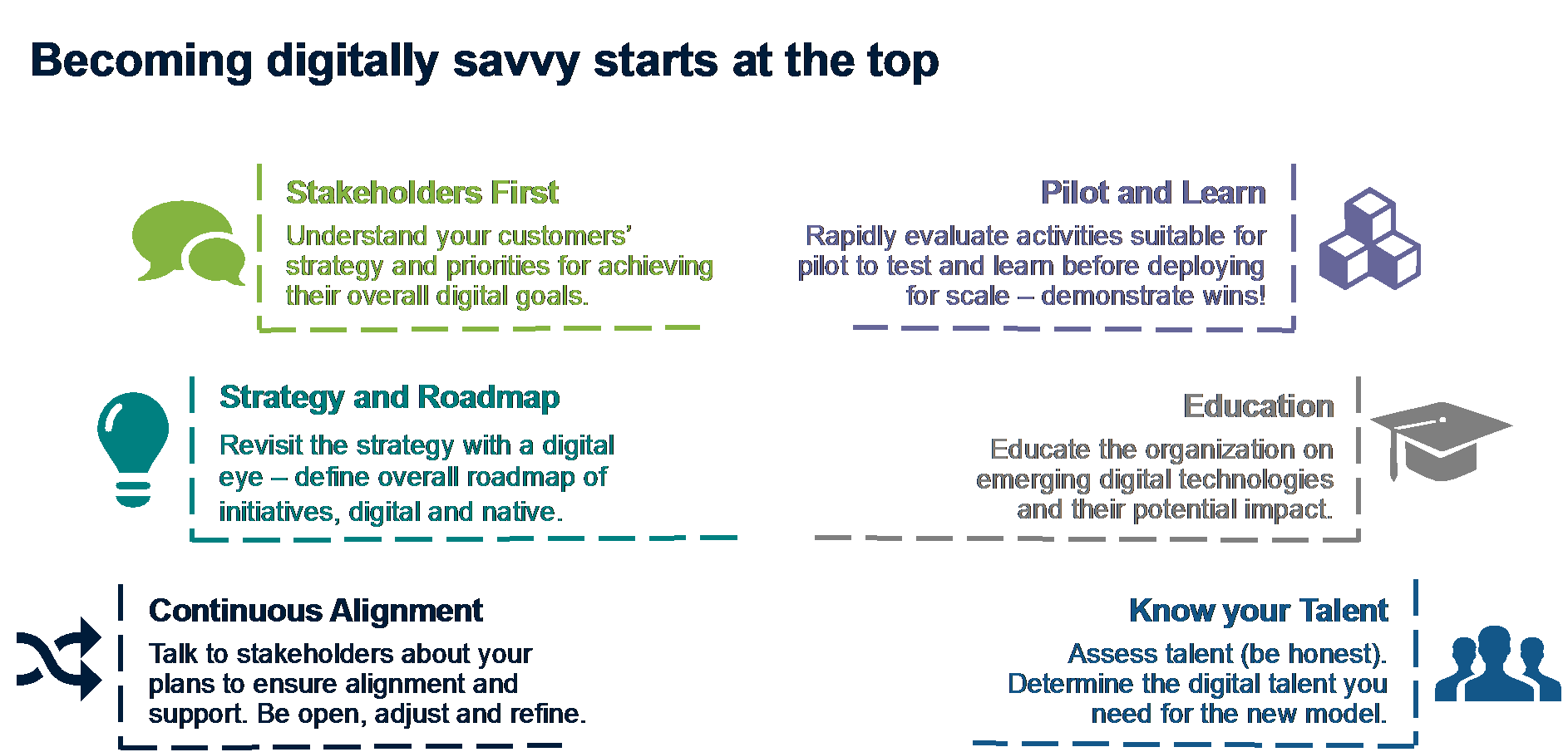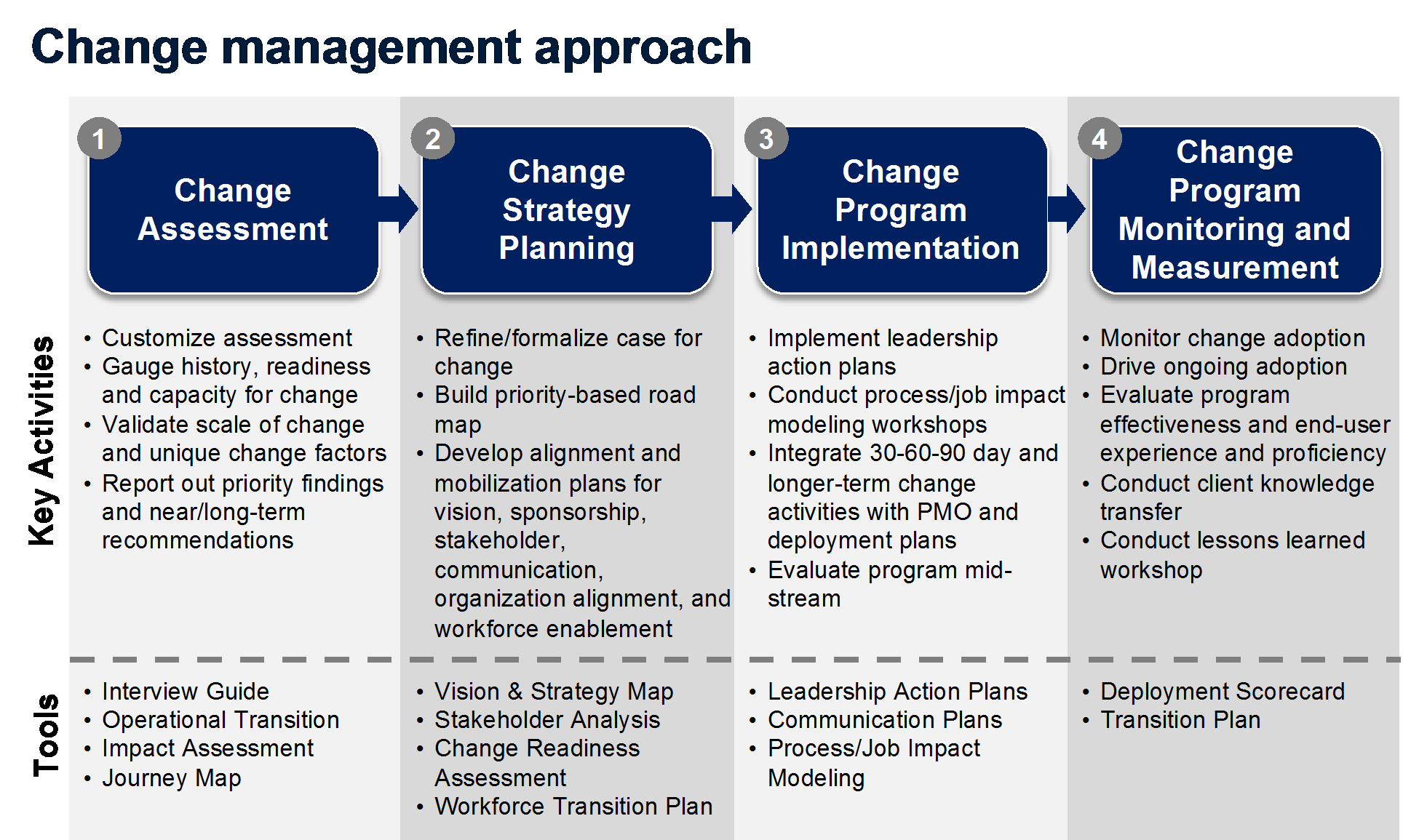- Blog
- Change Management in AP and Procurement: How Do We Manage and Prepare Organisations for Digital Transformation?
Change Management in AP and Procurement: How Do We Manage and Prepare Organisations for Digital Transformation?
No organisation changes overnight. But, there should be a clear transition, for both the organisation and its individual employees, if change is to be both smooth and sustainable. As accounts payable and procurement organisations employ new technologies and strategies, it is crucial to get ahead of these changes by managing and preparing personnel.
Digital transformation has, in recent years, caused the rate of change in organisations to become both faster and more frequent. While 95% of procurement leaders say their function will be significantly impacted by digital transformation, only 46% feel they have the resources in place to support the transition.
Not only does this mean that change management is more crucial for overall success, but it also means that change management must be adapted to work in the digital age. That is why it is important for AP and procurement organisations to develop change management strategies from the top first, keeping in mind the individuals affected and how digital technology, in particular, impacts upcoming changes.
Becoming Digitally Savvy Starts at the Top

The first step in any change management strategy should always be to develop an approach. Understand the situation, devise a strategy, and determine how to implement and monitor that plan. As a general rule, your long-term business strategy should drive technology and process decisions, which should then inform change management solutions. The approach to change, however, stays constant.
Change Management Style
While organisation and forethought are key to successful change, AP and procurement organisations still run into roadblocks throughout the process. The difficulty of communication among all affected parties and coordination of changing policies and processes are enough to set even top performers back.
Based on a number of procurement and purchase-to-pay organisations’ experiences, we have identified common areas that cause difficulty:
-
People planning lags other planning efforts: Organisations are proactive and vigilant about planning financials, operations, marketing, sales, etc., but leave people planning until the end, creating organisational vulnerability and risks of resistance.
-
Role of managers is underestimated: Managers are often the “glue” to successful implementations as they serve as the advocate, sounding board, and support channel for the masses who need to adapt and adopt the changes; however, they are often disregarded in the change planning.
-
Communication fails to captivate: Communications are often too mechanical and fail to capture the necessities, like leadership passion and the vision for the future, that serve as the rallying point for organisations.
-
Individual agendas are ignored: The “what’s in it for me?” agenda is overlooked, resulting in misperceptions and lackluster support for the change.
-
Engagement is not measured: Metrics are not established and monitored at the onset. This results in failure to identify support needed or course corrections to take, compromising productivity, and overall outcomes.
-
Project management is not emphasised: Change management team lacks project management discipline or skills, creating misalignments and credibility issues with the program management and other work streams.
Paramount to overcoming the hurdles of change is to follow a set of recommended practices that will help guide decision-making and planning discussions. The change management practices outlined below are just a few of the most effective in helping an organisation achieve its desired future state.
Change Management Recommended Practices:
-
Assess and act on your organisation’s history with change and current readiness to change
-
Articulate a clear business case and vision for the change with degree of detail appropriate to the magnitude of the effort
-
Integrate change management resources and activities into the overall project plan
-
Develop and leverage leadership commitment and stakeholder support on an ongoing basis
-
Design and deploy a multi-audience, two-way communication strategy via clearly accountable resources
-
Build team and individual skills and capabilities to change
-
Be explicit regarding the degree of cultural transformation required; realign cultural change with operational change
-
Refine the organisation structure and performance management systems to support the change effort
To learn more about change management best practices, check out our on-demand webinar on how to lead change management in your organization to secure the right business outcome.
Related
-
By Basware RepresentativeThe route to logistics software harmony for finance, AP and procurement
-
By Katarzyna FonteynA Reflection on the State of Procurement
-
By Katarzyna FonteynHow to create procurement visibility from day 1
-
By Basware RepresentativeDon’t Delay Digital Procurement & Finance Investments
-
By Ann StrömbergNordic Leaders Circle focused on procurement development
-
By Katie ColbourneProcure-to-Pay Trends Predictions and Advancements for 2022 and Beyond
-
By Basware RepresentativeBasware to Help Expand e-Invoicing with the Business Payment Coalition
-
By Ann StrömbergProcurement Collaboration, Resilience, Technology, and Sustainability
